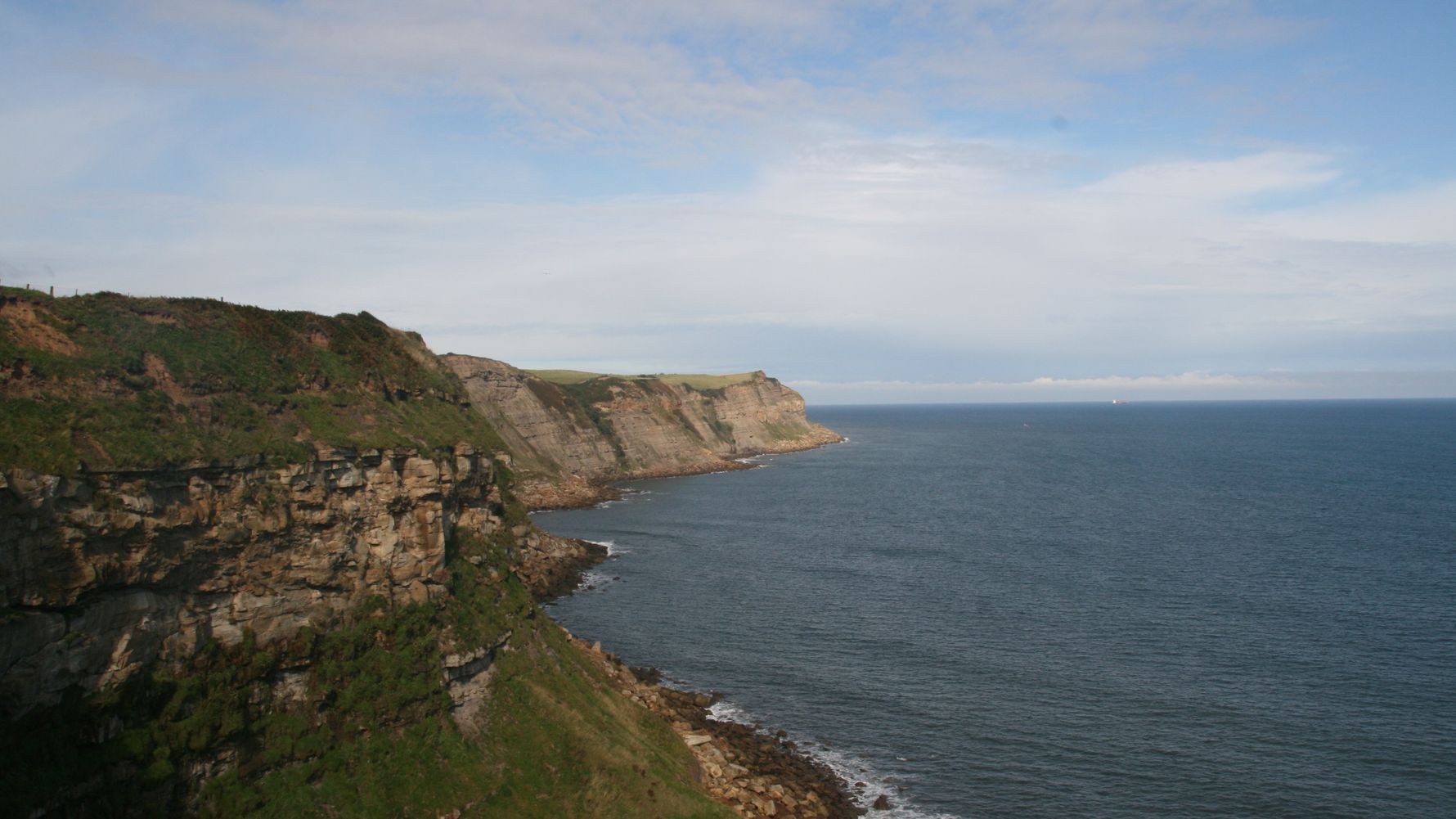Natucate

Field guide training: Climate and weather – Part 3
When it comes to weather and climate, the planet's oceans play an important part. As a future nature guide you can learn more about this topic in the following blog article.
When it comes to climate and weather, the oceans play a central role as they have a large heat storage capacity. The stored heat is released only slowly. As a comparison: the uppermost 2.5 metres of the oceans store just as much heat as all the air in the atmosphere. In total, our oceans contain about 1000 times more solar heat than the air. Nevertheless, it takes about 3200 times more energy to heat a given volume of water than the same amount of air. This principle is fundamental for understanding the origin of the climate.
The temperature difference between the water of the oceans and the atmospheric air above it is important for the development of various weather phenomena such as wind and rainfall. The two systems strive to equalize their temperatures, resulting in certain currents. These can be considered as the transfer of heat energy and the associated transport of evaporation water into the atmosphere or back. The greater the temperature difference between water and air, the stronger the compensating currents. The oceans have their highest temperatures near the equator, in tropical areas, because here the solar radiation is strongest. In contrast, solar radiation at the poles is weak, resulting in very low temperatures. Although the air is richest in energy in tropical areas, it is rarely discharged here. This usually occurs where warm air masses meet cold air masses and thus an energy gradient is present. The consequences are strong winds, precipitation and possibly even hurricanes.

Over the seasons, ocean currents create sometimes very different climatic conditions. Heat that is absorbed and stored by the oceans during the summer is released again in winter, resulting in cool summers and mild winters, especially in the coastal areas of South Africa. But maritime air masses also have an influence in the inner country, for example by transporting rain or fog.
The southern tip of South Africa shows how different the influence of the oceans can be. Port Nolloth on the west coast and Durban on the east coast lie at the same latitude and have a similar geomorphology. Nevertheless, the climate in both places is completely different. The Agulhas River in the east transports warm water to the coast, resulting in high temperatures and high humidity. The temperatures vary between 19°C in winter and 23°C in summer. The Benguela current in the west creates an opposite effect: the temperatures are lower and there is little rainfall. Although the coast often lies in dense fog, the inland is rather desert-like. The temperature varies from 13°C in winter to 17°C in summer. In the inner country, temperatures are higher in both directions, mainly because of the distance to the coast and the altitude.
